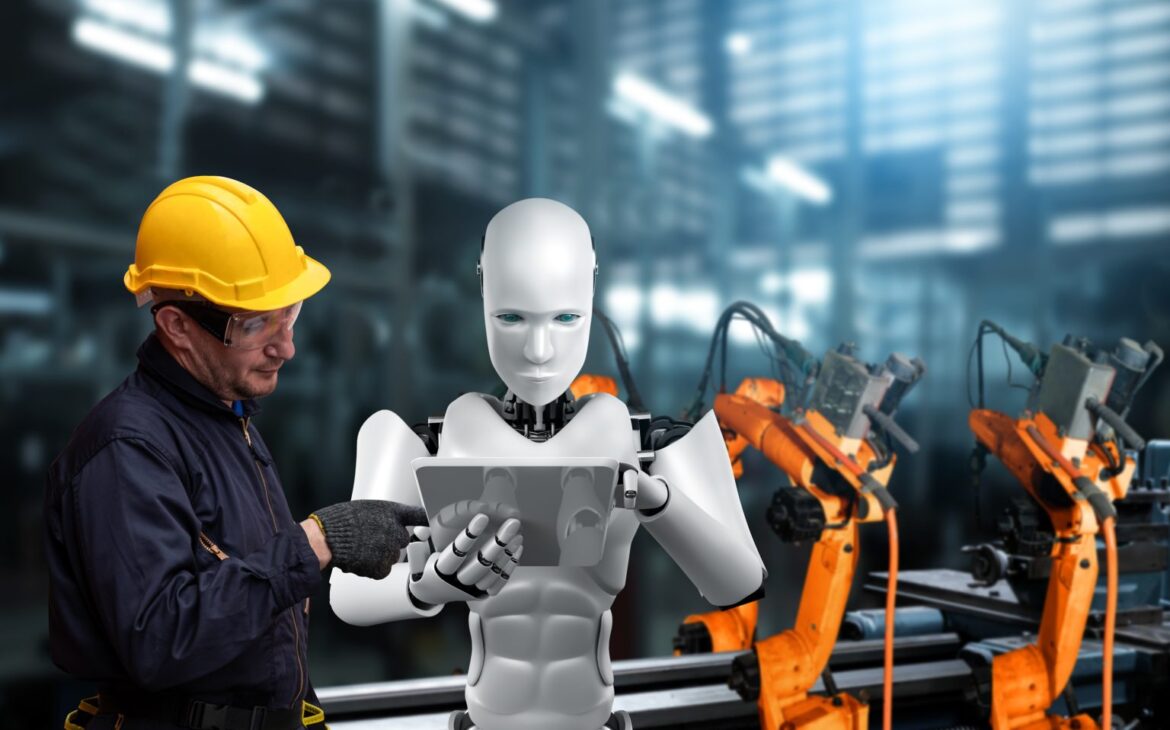Can Automation Technology Ever Replace Human Labour
Automation technology has witnessed unprecedented growth and development in recent years, revolutionizing industries across the globe. From manufacturing and logistics to healthcare and customer service, automation has increasingly become a formidable force in the labor market. This article explores the transformative impact of automation technology on human labor, delving into its benefits, drawbacks, and the ethical considerations that arise. It also examines the role of human labor in an age of automation, emphasizing the unique abilities and contributions that humans bring to the table. By analyzing the current landscape and discussing potential future implications, this article aims to provide insight into the coexistence of automation technology and human labor.
1. Introduction: The Rise of Automation Technology
The Growth and Development of Automation Technology
From simple machines that helped automate manual tasks to complex systems powered by artificial intelligence, automation has revolutionized various industries. The growth and development of automation technology have been fueled by the ceaseless pursuit of efficiency and productivity. It’s like the nerd version of constantly trying to optimize your morning routine to get those extra few minutes of sleep.
The Impact of Automation on Various Industries
Automation has left no industry untouched. It has crept its way into manufacturing, healthcare, transportation, and even customer service. With robots assembling cars, chatbots answering our questions, and algorithms making financial decisions, automation has become the silent worker of the modern age. It’s like that reliable friend who always shows up to help but never asks for a raise.
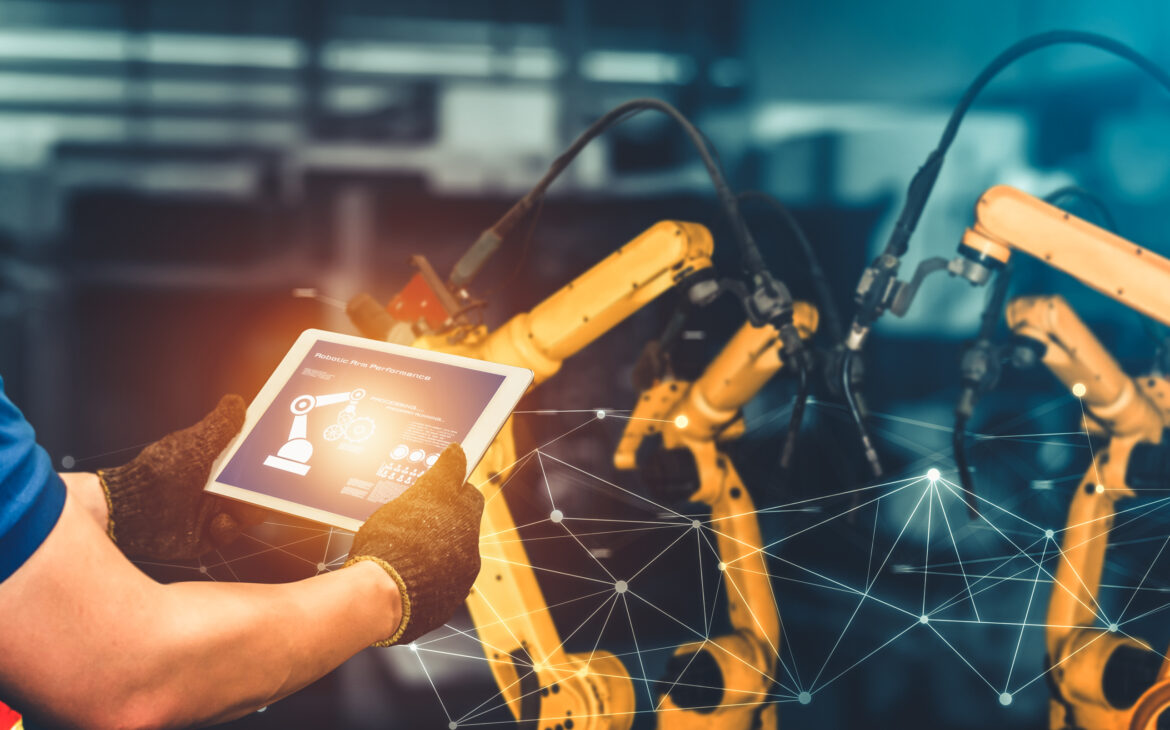
2. Advancements in Automation Technology
Evolution of Automation Technology
Automation technology has evolved at a rapid pace. What used to require complex programming and large-scale machinery can now be achieved with a few lines of code and a compact device. From basic robotic arms to collaborative robots that work side by side with humans, the evolution of automation has been nothing short of fascinating. It’s like witnessing the transformation of a clumsy caterpillar into a sophisticated butterfly.
Examples of Cutting-Edge Automation Technologies
The realm of automation technology is brimming with cutting-edge innovations. Self-driving cars that navigate highways, drones that deliver packages, and smart home devices that anticipate our every need are just a few examples. We’ve basically entered the age of technology playing the role of a personal butler, without the awkward small talk. It’s like having a bunch of helpful gadgets straight out of a sci-fi movie, and we’re living the dream.
3. Implications of Automation on the Labor Market
Job Displacement and Unemployment Rates
With the rise of automation, concerns about job displacement and unemployment rates have become increasingly prevalent. As machines and algorithms take over tasks previously performed by humans, the fear of losing livelihoods looms large. It’s like watching a robot snatch away your paycheck, but without the satisfaction of a proper showdown.
Changing Skill Requirements in the Job Market
As automation technology advances, the job market undergoes a transformation. The skills that were once highly sought after may become obsolete, while new skills in programming, data analysis, and problem-solving take center stage. It’s like having to trade in your trusty typewriter for a sleek laptop, except this time, it’s your entire career that needs an upgrade.
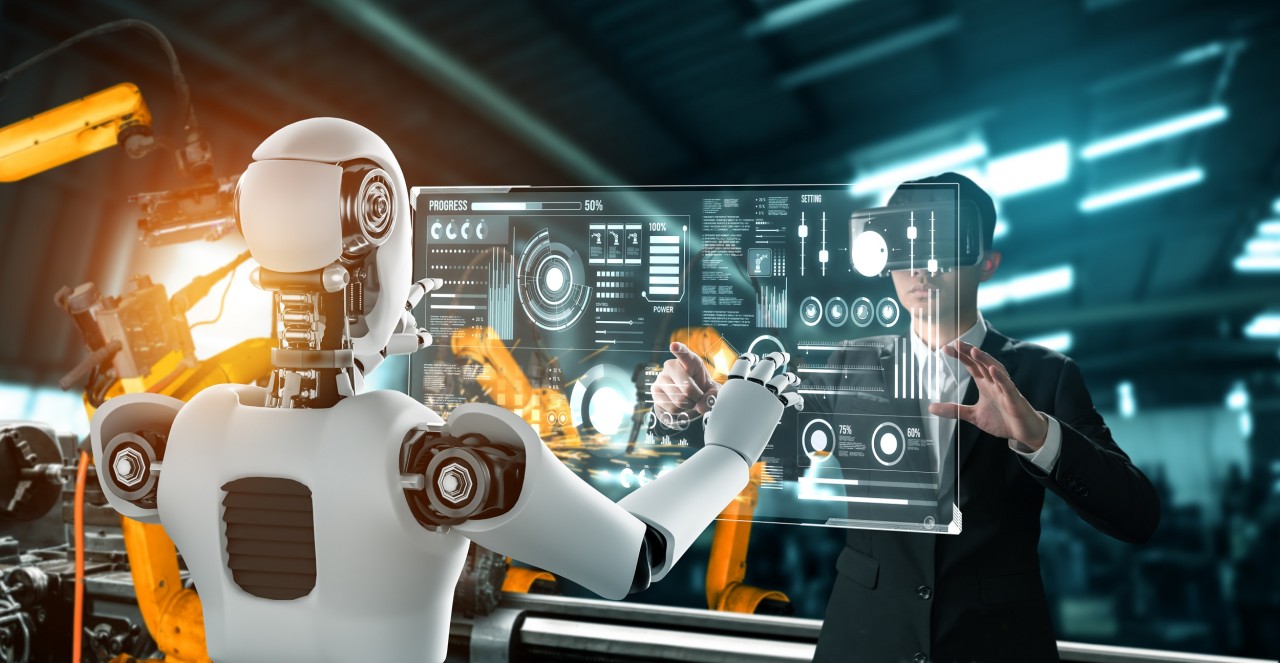
4. Benefits and Drawbacks of Replacing Human Labor with Automation
Increased Efficiency and Productivity
One of the key benefits of replacing human labor with automation is the potential for increased efficiency and productivity. Machines don’t get tired, they don’t need breaks, and they don’t make silly mistakes (well, most of the time). This means tasks can be completed faster and with fewer errors, allowing businesses to operate more smoothly. It’s like having the most reliable and hyper-focused employee you could ever imagine, without the need for coffee breaks.
Potential Challenges and Limitations of Automation
However, automation also comes with its fair share of challenges and limitations. For one, not all tasks can be easily automated, especially those requiring human interaction and creativity. Additionally, the initial costs of implementing automation technology can be substantial, and it may take time for businesses to see a return on their investment. It’s like trying to convince your boss that buying a fancy coffee machine for the office is a sound financial decision, except on a much grander scale.
In conclusion, automation technology has revolutionized industries, transformed the job market, and sparked debates about the future of work. While there are undeniable benefits to replacing human labor with automation, it’s important to address the potential drawbacks and ensure a balanced approach that considers both efficiency and the human touch. After all, life would be pretty dull without a little personality and wit, even in the age of automation.
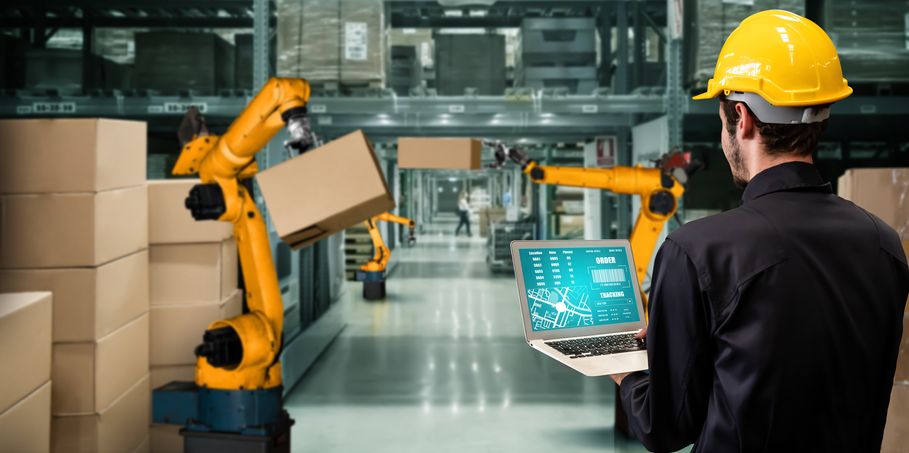
5. The Role of Human Labor in the Age of Automation
The Unique Abilities and Contributions of Human Workers
In a world filled with automation technology, it’s important to recognize the unique abilities that human workers bring to the table. While robots and machines are incredibly efficient at repetitive tasks and data processing, humans possess a set of skills that can’t be replicated by technology (at least not yet).
One of these abilities is creativity. Unlike robots, humans have the power to think outside the box, come up with innovative solutions, and push the boundaries of what is possible. This creative thinking is invaluable when it comes to problem-solving and driving progress in industries. Additionally, humans have emotional intelligence, empathy, and intuition, which enable them to build meaningful connections and understand complex human needs. These qualities are particularly crucial in fields such as customer service, healthcare, and creative professions.
The Importance of Human Interaction and Decision-making
Automation may be efficient, but it lacks the personal touch that human interaction brings. Whether it’s a heartfelt conversation with a friend or a customer service representative going the extra mile to solve an issue, human interaction adds a layer of understanding and connection that can’t be replicated by machines.
Moreover, humans possess critical decision-making skills that are necessary when faced with complex situations. While algorithms and AI can crunch numbers and analyze data, they may struggle when it comes to making judgment calls, understanding context, or considering ethical implications. Human workers not only have the ability to make informed decisions but can also adapt and learn from their experiences, constantly improving their decision-making abilities.

6. Ethical considerations in Automation Technology
Ethical Dilemmas Surrounding Job Displacement
One of the significant ethical dilemmas surrounding automation technology is the potential displacement of human workers. As machines become more advanced, there is a concern that jobs traditionally performed by humans will be taken over by robots and AI. This leaves many workers without employment opportunities and raises questions about the equitable distribution of resources and societal inequality.
Addressing this ethical dilemma requires careful consideration of the impact on individuals and communities affected by job displacement. It involves creating safety nets, retraining programs, and exploring alternative employment opportunities to ensure a fair transition for workers in the age of automation.
Impacts on Workers’ Well-being and Quality of Life
While automation may lead to increased efficiency and productivity, it is crucial to assess its impact on workers’ well-being and quality of life. Jobs that are monotonous or physically demanding may be gladly taken over by machines, but it is essential to provide meaningful work and opportunities for fulfillment for affected individuals.
Automation should be seen as a tool to enhance human capabilities rather than replace them entirely. Finding a balance between technological advancements and preserving the dignity and fulfillment associated with work is essential for maintaining a healthy society.
7. Future Outlook: Balancing Automation and Human Labor
Potential Strategies for a Harmonious Coexistence
The future lies in finding ways for automation technology and human labor to coexist harmoniously. Instead of viewing technology as a threat, we should embrace it as a tool for augmenting human capabilities. This means identifying tasks that can be automated to free up human workers for more complex, creative, and fulfilling roles.
Collaboration between humans and machines could result in increased productivity, better problem-solving, and improved efficiency. By recognizing the strengths of both, we can create a work environment where humans focus on tasks that require emotional intelligence, critical thinking, and creativity while automation handles repetitive and data-driven tasks.
Promoting Reskilling and Upskilling Opportunities
To navigate the changing landscape of work, it is crucial to invest in reskilling and upskilling opportunities for workers. As automation takes over some tasks, workers can be trained to adapt and acquire new skills that are in demand. This not only ensures their employability but also allows them to contribute to industries where human abilities are irreplaceable.
Promoting lifelong learning and providing accessible training programs can empower individuals to embrace new technologies and remain competitive in the job market. The key is to view automation as an opportunity for growth rather than a threat to job security.

8. The Coexistence of Automation Technology and Human Labor
While automation technology continues to advance, it is unlikely to completely replace human labor. Human workers possess unique abilities, such as creativity and emotional intelligence, that complement the efficiency of machines. The ethical considerations surrounding job displacement and impacts on workers’ well-being must be addressed.
The future lies in a balanced approach, where automation and human labor coexist in harmony. By leveraging automation for repetitive tasks and investing in reskilling and upskilling opportunities, we can create a future where humans and machines work together to achieve higher productivity, innovation, and societal well-being.
Conclusion
In conclusion, the rise of automation technology presents both opportunities and challenges for the labor market. While automation offers increased efficiency and productivity, it also raises concerns about job displacement and ethical considerations. It is crucial to recognize the importance of human labor in areas such as creativity, empathy, and complex decision-making that cannot be replicated by machines. The future lies in striking a balance between automation and human labor, where technology is harnessed to enhance, rather than replace, human capabilities. By embracing reskilling and upskilling opportunities and implementing strategies for a harmonious coexistence, society can pave the way for a future where automation and human labor work hand in hand to drive progress and prosperity.
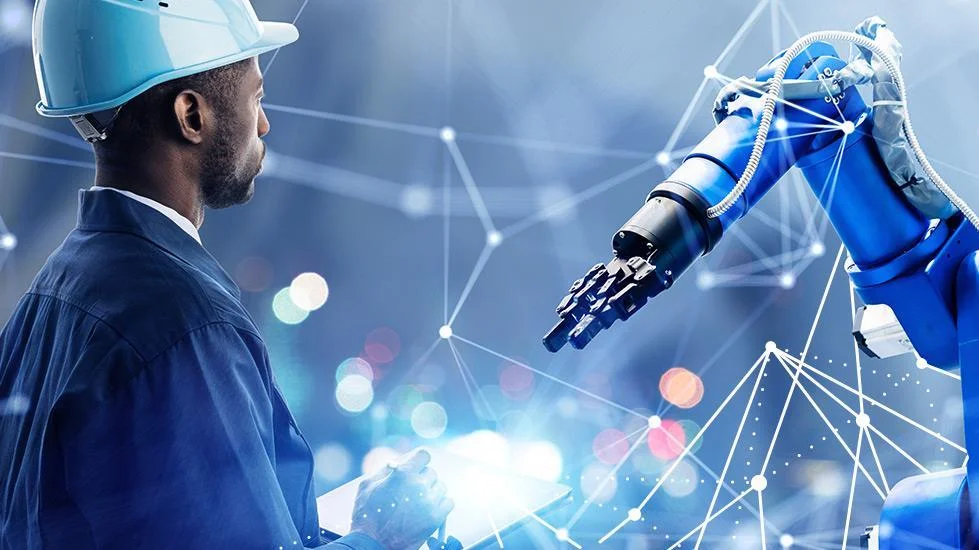
FAQ
1. Can automation technology completely replace human labor?
Automation technology has the potential to replace certain tasks and jobs traditionally performed by humans. However, complete replacement of human labor is unlikely. While automation can handle repetitive and routine tasks efficiently, human workers bring unique cognitive abilities, adaptability, and creativity that are indispensable in many industries.
2. Will automation lead to mass unemployment?
Automation may result in job displacement in certain sectors, but historical evidence shows that it also creates new job opportunities. The labor market has consistently evolved with technological advancements, and automation is no exception. While some occupations may become obsolete, new roles will emerge that require human skills like critical thinking, problem-solving, and interpersonal communication.
3. What ethical concerns arise from the rise of automation technology?
The rise of automation raises ethical questions regarding job security, income inequality, and the impact on workers’ well-being. It is crucial to address these concerns and ensure that individuals affected by automation are provided with opportunities for reskilling, upskilling, and support during the transition. Ethical considerations also include the fair distribution of benefits generated by automation and protecting workers’ rights in an automated workplace.
4. How can we find a balance between automation and human labor?
Finding a balance requires a proactive approach that involves reskilling and upskilling the workforce to adapt to changing job requirements. It also entails identifying areas where human skills are irreplaceable and leveraging automation to augment human capabilities rather than replace them. Collaborative efforts between employers, policymakers, and educational institutions are essential to ensure a smooth integration of automation technology while safeguarding the well-being and livelihoods of workers.
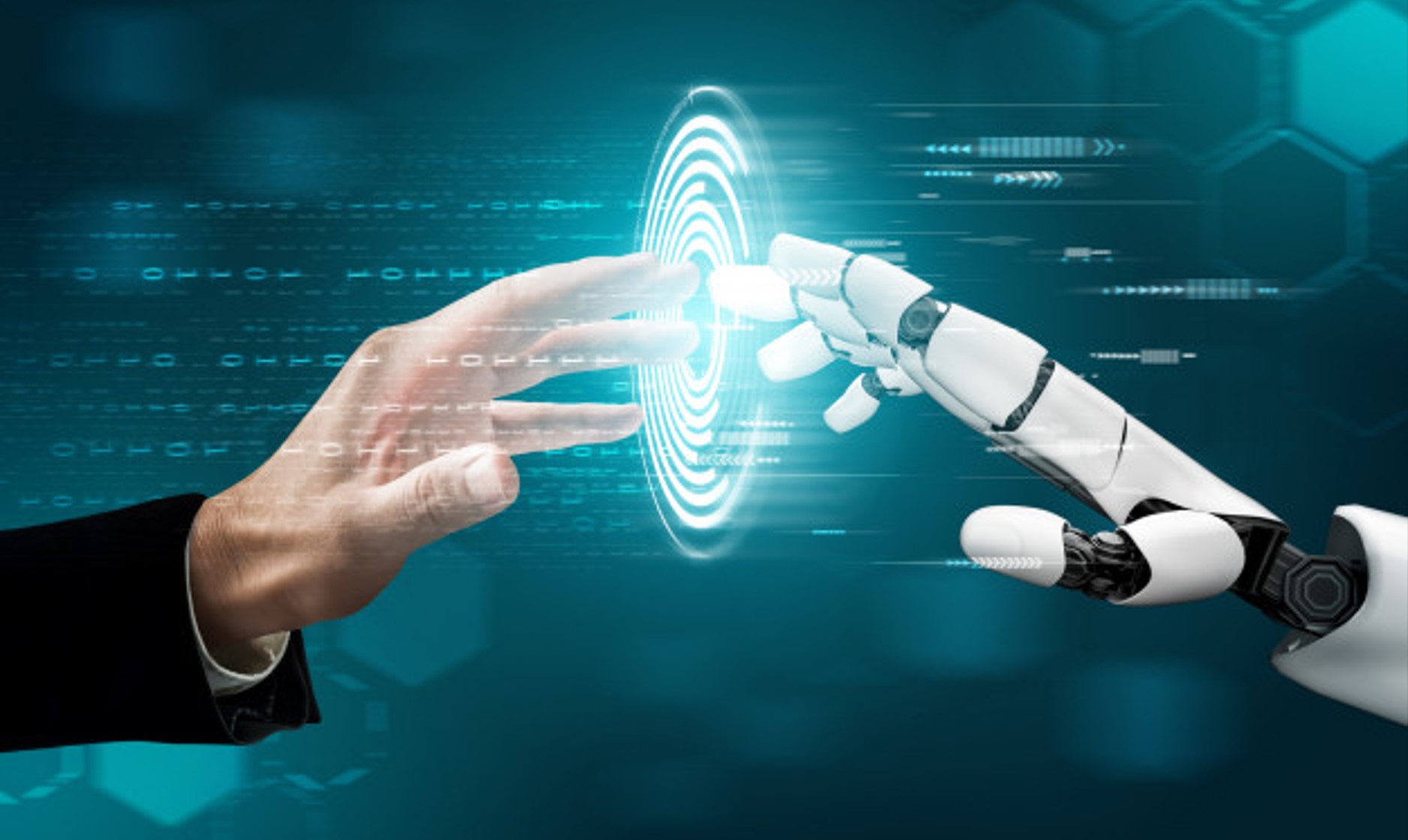
If you want to build your website in an affordable price contact: www.nextr.in
Read this: What Is Content Creation?

